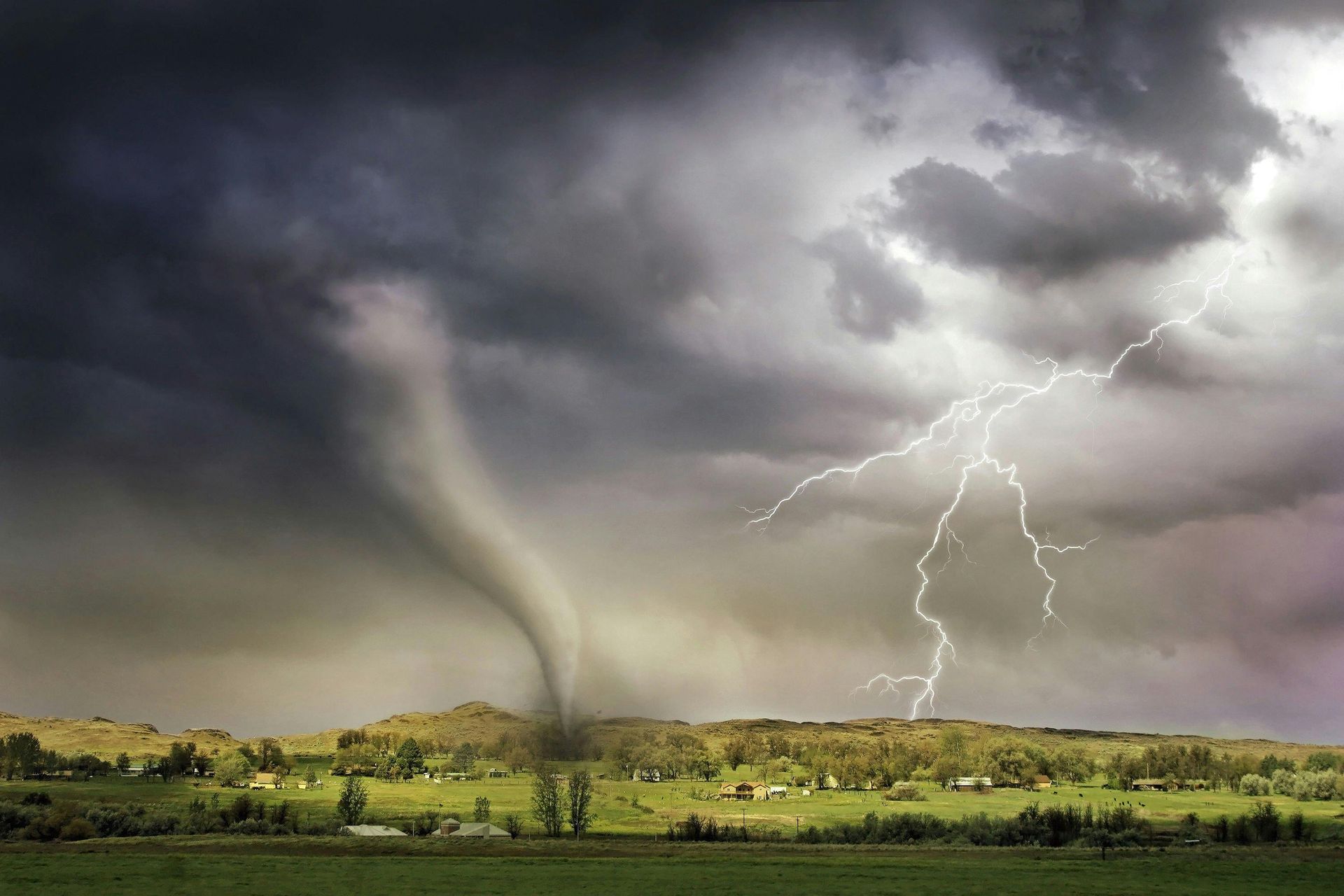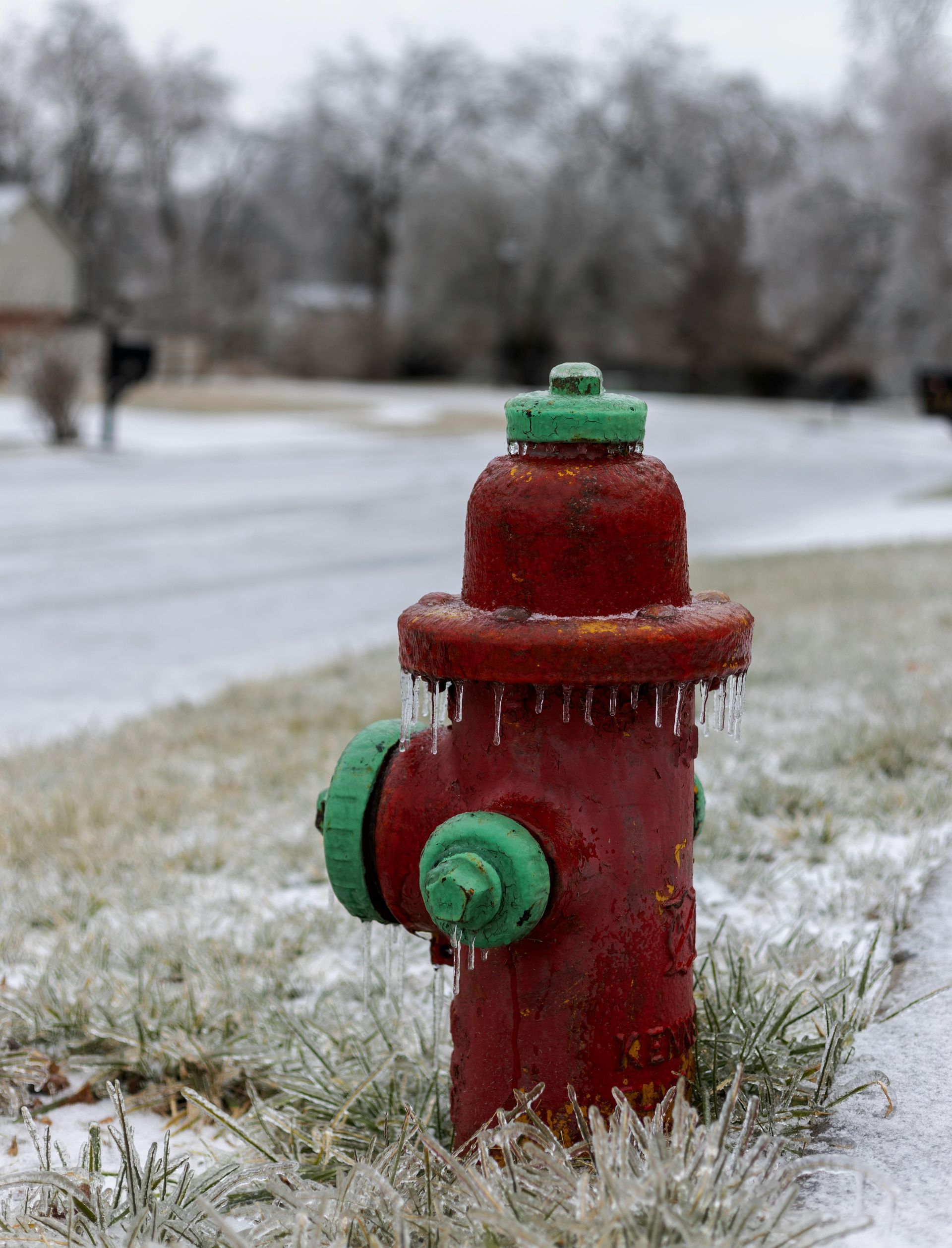How Small Businesses Can Prepare and Bounce Back After Disasters
Disasters can strike unexpectedly, leaving small businesses vulnerable to disruptions, financial losses, and operational setbacks. Whether it’s a hurricane, flood, fire, or power outage, being prepared and having a recovery plan in place can mean the difference between closing your doors for good or bouncing back stronger.
In this guide, we’ll explore proactive strategies to help small businesses prepare for disasters and actionable steps to recover effectively.
Why Disaster Preparedness Matters for Small Businesses
Small businesses are often more susceptible to disaster-related disruptions than larger corporations. Limited resources, smaller financial buffers, and dependence on local markets can amplify the impact of a disaster.
By preparing ahead of time, businesses can:
- Reduce downtime after a disaster.
- Protect assets, employees, and customers.
- Preserve customer trust and loyalty.
- Minimize financial losses.
Planning for the unexpected ensures resilience and a faster path to recovery.
1. Assess Your Risks and Create a Plan
Preparation begins with understanding the specific risks your business may face.
Identify Potential Threats
- Natural Disasters: Hurricanes, floods, earthquakes, or wildfires.
- Technological Risks: Power outages, data breaches, or cyberattacks.
- Human-Caused Events: Accidents, vandalism, or civil unrest.
Develop a Comprehensive Disaster Plan
Your disaster plan should address:
- Emergency Response: Procedures for evacuating employees, contacting emergency services, and securing the premises.
- Communication Plan: Clear guidelines for keeping employees, customers, and stakeholders informed during and after the event.
- Key Operations: A list of critical operations that must continue during recovery and how they’ll be maintained.
- Resource Allocation: Identifying backup equipment, supplies, and alternative workspaces.
Tip: Review and update your disaster plan annually to account for changes in your business operations or environment.
2. Protect Your Physical Assets
Your business’s physical property is often its most valuable asset. Taking steps to secure it can minimize damage and reduce downtime.
Fortify Your Property
- Reinforce Doors and Windows: Install impact-resistant glass or storm shutters to protect against high winds and debris.
- Elevate Equipment: In flood-prone areas, move critical equipment and inventory to higher ground.
- Secure Utilities: Anchor gas tanks, HVAC systems, and other utilities to reduce damage during storms.
Perform Regular Maintenance
- Inspect roofs, plumbing, and electrical systems for vulnerabilities.
- Clear gutters and storm drains to prevent water damage.
- Trim trees and remove loose outdoor items to reduce risks during high winds.
Example: Imagine a bakery fortifies its windows and moves equipment off the ground before a hurricane. Post-storm, the damage is minimal, allowing operations to resume within days instead of weeks.
3. Protect Financial Assets and Records
Disasters can have a severe financial impact on small businesses. Preparing your finances ensures you can recover more quickly.
Review Your Insurance Coverage
- Business Interruption Insurance: Covers lost revenue during recovery.
- Property Insurance: Protects buildings, equipment, and inventory.
- Flood and Windstorm Coverage: Standard policies may not include these—review your coverage for gaps.
Back Up Financial Records
Store critical financial documents in a secure, cloud-based system.
Ensure access to payroll, tax records, and vendor contracts, even if your office is inaccessible.
Build an Emergency Fund
Set aside a financial buffer to cover unforeseen expenses such as temporary relocation, repairs, or supply chain disruptions.
Tip: Work with your accountant or financial advisor to create a budget for disaster preparedness.
4. Prioritize Employee Safety and Communication
Your employees are the backbone of your business, and their safety should always come first.
Develop Employee Procedures
- Emergency Contacts: Maintain an updated list of employee contact information.
- Training: Conduct regular disaster drills and training sessions for employees.
- Evacuation Plans: Clearly mark exits and practice evacuation routes.
Establish a Communication Plan
- Use group messaging tools or apps to quickly update employees during an emergency.
- Create templates for email and social media updates to keep customers informed about closures or changes in services.
Example: A local café sets up an employee communication app to share updates during a severe storm, ensuring staff knows when it’s safe to return to work.
5. Protect Your Digital Assets
In today’s digital age, data loss can be as damaging as physical property loss. Safeguard your business against cyber risks and ensure business continuity.
Back Up Data
- Use automated, cloud-based solutions to back up customer records, financial data, and operational systems.
- Schedule backups daily to ensure the most recent data is preserved.
Invest in Cybersecurity
- Install firewalls, antivirus software, and secure passwords.
- Train employees to recognize phishing scams and other cyber threats.
Create a Technology Recovery Plan
- Identify essential technology systems and have a plan for restoring them quickly after a disaster.
- Keep a list of IT vendors and contacts for emergency support.
Tip: Test your recovery systems regularly to ensure they work effectively.
6. Build Relationships with Key Partners
Having reliable partnerships can make a significant difference during recovery.
Establish Vendor Relationships
- Work with suppliers to create contingency plans for delayed shipments or alternative sourcing.
- Maintain a list of preferred contractors for emergency repairs.
Coordinate with Community Resources
- Join local business associations to stay informed about disaster resources.
- Build relationships with nearby businesses to share recovery strategies and support.
Example: A bookstore partners with a nearby café to share temporary space and resources after a disaster, allowing both businesses to resume operations sooner.
7. Develop a Recovery Roadmap
A recovery plan ensures you can return to operations quickly and efficiently after a disaster.
Steps to Recovery
- Assess Damage: Conduct a thorough inspection of your property and document damage with photos and notes.
- Contact Your Insurance: File claims promptly and provide detailed documentation to support your case.
- Prioritize Repairs: Focus on critical areas like utilities, safety systems, and operational spaces.
- Communicate with Customers: Update your website, social media, and email lists with information about closures, reopening dates, and alternate ways to access your products or services.
Revisit Your Plan
Once recovery is complete, analyze what worked and what didn’t. Use these insights to refine your disaster preparedness strategy for the future.
8. The Long-Term Benefits of Preparation
Investing in disaster preparedness pays off in many ways:
- Business Continuity: Minimize downtime and maintain customer loyalty.
- Financial Stability: Reduce unexpected expenses and secure insurance payouts.
- Employee Retention: Demonstrating a commitment to safety builds trust and morale.
- Resilience: Prepared businesses are better equipped to adapt and thrive after disasters.
How Disaster South Can Help Your Business
At Disaster South, we understand the unique challenges small businesses face when recovering from disasters. Our professional restoration services are designed to minimize downtime and help you get back to business as quickly as possible.
We offer:
- Comprehensive Damage Assessments: Identifying visible and hidden issues.
- Expert Repairs: From water damage to structural repairs, we’ve got you covered.
- Business-Specific Solutions: Customized restoration plans tailored to your operations.
- Insurance Support: Assistance navigating claims and maximizing your payout.
When disaster strikes, don’t face recovery alone. Call Disaster South at 877-84-STORM or visit our website to learn more about how we can support your business.
Final Thoughts: Stay Prepared, Stay Resilient
Disasters are unpredictable, but their impact doesn’t have to be. By investing in preparation, securing your assets, and having a clear recovery plan, small businesses can weather the storm and bounce back stronger than ever.
Remember, your business’s resilience starts with action today. Whether it’s reinforcing your property, training employees, or backing up critical data, every step you take now makes recovery faster and easier later.
At Disaster South, we’re here to help you navigate every stage of disaster preparedness and recovery. Let us be your partner in protecting what you’ve built and ensuring a bright future, no matter what challenges come your way.









